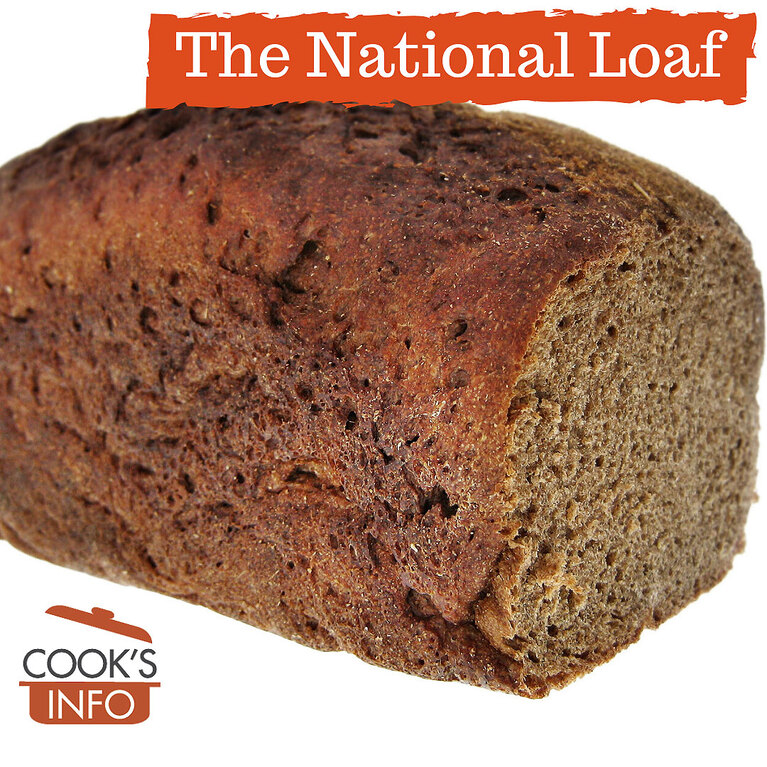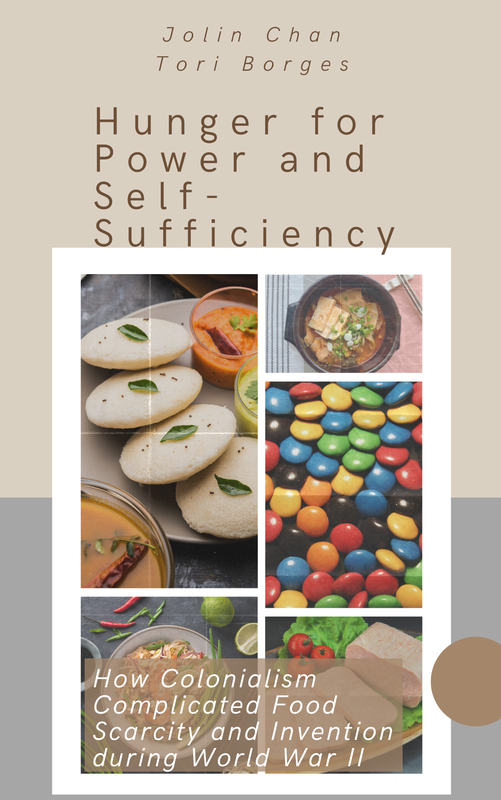- Home
- Stories
-
Internship
- Summer 2024 Internship
- Summer 2023 Internship
- Fall 2022 Internship
- Summer 2022 Internship
- Summer 2021 Internship
- Fall 2020- Spring 2021 Internship
- Summer 2020 Internship
- Fall 2019 Internship
- Summer 2019 Internship >
- School Year 2018-2019 Internship
- Summer 2018 Internship >
- Fall 2017 Internship
- Summer 2017 Internship >
- Books
- Archives
-
Resource Page
-
Supplementary Research Guides
>
- Unit 731 - Guide >
-
Philippines' Resistance - Guide
>
- Philippines World War II Timeline
- The Japanese Invasion & Conquest of the Philippines
- Bataan Death March
- Formation of Underground Philippines Resistance
- Supplies of the Guerrilla Fighters
- The Hukbalahap
- Hunter's ROTC
- Marking's Guerrillas
- United States Army Forces in the Philippines of Northern Luzon (USAFIP-NL)
- The Aetas
- Chinese and Filipino-Chinese Nationalist Guerrilla Units
- The Female Faces of the Philippine Guerrillas
- Rising Sun Flag - Guide >
- Pinay Guerrilleras - Guide >
- Fall of Singapore - Guide >
- Three Years and Eight Months - Guide >
- Siamese Sovereignty - Guide >
- The Khabarovsk War Crimes Trial - Guide >
- Unit 731 Cover-up : The Operation Paperclip of the East - Guide >
- Marutas of Unit 731 - Guide >
- Prince Konoe Memoir - Guide >
- Competing Empires in Burma - Guide >
- Battle of Shanghai - Guide >
- Ishi Shiro - Guide >
- Taiwan The Israel of the East - Guide >
- Seeking Justice for Biological Warfare Victims of Unit 731 - Guide >
- Rice and Revolution - Guide >
- Clash of Empires - Guide >
-
Hunger for Power and Self-SufficiencyI - Guide
>
- The Influence of War Rations on Post-War Culinary Transformations
- How World War II Complicated Food Scarcity and Invention
- American Military Innovations
- Government-Sponsored Food Inventions in Europe during World War II
- Feeding the Army: The Adaptation of Japanese Military Cuisine and Its Impact on the Philippines
- Mixed Dishes: Culinary Innovations Driven by Necessity and Food Scarcity
-
Denial A Quick Look of History of Comfort Women and Present Days’ Complication - Guide
>
- The Comfort Women System and the Fight for Recognition
- The Role of Activism and International Pressure
- The Controversy over Japanese History Textbooks
- The Sonyŏsang Statue and the Symbolism of Public Memorials
- Activism and Support from Japanese Citizens
- The Future of Comfort Women Memorials and Education
- Echoes of Empire: The Power of Japanese Propaganda - Guide >
- Lesson Plans >
-
Supplementary Research Guides
>
Military Cooks: From War Zone to Restaurant Kitchens, Carrying New Dishes and Techniques
Hunger for Power and Self-Sufficiency explores the struggles beyond the battlefield and mainstream recollections.
From introducing SPAM in Hawaii to the government-sponsored dishes of Eintopf and Woolton Pie in Europe, contrasting food inventions between colonial powers and their holdings during World War II illuminates marginalized histories. In addition, Hunger for Power and Self-Sufficiency sheds light on the relationship between entrepreneurs and the American military, as resources were allocated towards the war effort.
Discover how colonized people showed ingenuity in the face of starvation and how their food inventions, though still enjoyed today, carry the weight of colonization.
Get Your Copy Now and uncover the untold histories of World War II.
From introducing SPAM in Hawaii to the government-sponsored dishes of Eintopf and Woolton Pie in Europe, contrasting food inventions between colonial powers and their holdings during World War II illuminates marginalized histories. In addition, Hunger for Power and Self-Sufficiency sheds light on the relationship between entrepreneurs and the American military, as resources were allocated towards the war effort.
Discover how colonized people showed ingenuity in the face of starvation and how their food inventions, though still enjoyed today, carry the weight of colonization.
Get Your Copy Now and uncover the untold histories of World War II.

The National Loaf was a bread made from wholemeal flour with added calcium and vitamins, introduced in Britain during the Second World War by the Federation of Bakers (FOB). Introduced in 1942, the loaf (similar to today's brown bread) was made from wholemeal flour to combat wartime shortages of white flour and sugar. The loaf was abolished in October 1956.
Though first created to address the necessities of the military, these food inventions eventually were applied to the public. The government actively disseminated new nutritional information and knowledge, impacting the meals eaten at schools and hospitals. After the war ended, military cooks would find new jobs in restaurants and canteens, bringing knowledge of new dishes and cooking techniques.
Therefore, food represented more than simply feeding the army. These amalgamated dishes carried forth new meanings, ranging from manipulation to widespread modernization. The food inventions of the Japanese Imperial Army emerged from a nutritional and dietary necessity but eventually seeped their way into the mainstream culinary culture. They paved the way for post-war culinary transformation and even transcended the rivalry and tensions between Japan and the United States. The government actively attempted to distance itself from such influences, spreading anti-American propaganda and removing English loan words from labels and menus. Yet, this still did not stop the spread of these food inventions.
Civilians were starving and ready to accept these foreign foods, incorporating bread into their diets or frequenting yōshoku (Western-style) restaurants after the war.
Therefore, food represented more than simply feeding the army. These amalgamated dishes carried forth new meanings, ranging from manipulation to widespread modernization. The food inventions of the Japanese Imperial Army emerged from a nutritional and dietary necessity but eventually seeped their way into the mainstream culinary culture. They paved the way for post-war culinary transformation and even transcended the rivalry and tensions between Japan and the United States. The government actively attempted to distance itself from such influences, spreading anti-American propaganda and removing English loan words from labels and menus. Yet, this still did not stop the spread of these food inventions.
Civilians were starving and ready to accept these foreign foods, incorporating bread into their diets or frequenting yōshoku (Western-style) restaurants after the war.
Related Book
|
|
Hunger for Power and Self-Sufficiency: How Colonialism Complicated Food Scarcity and Invention during World War IIDiscover the hidden food history of World War II that mainstream narratives have overlooked. While the war conjures images of genocide and ceaseless violence, it's important to address the histories of colonized peoples during this time. Learn how contrasting food inventions between colonial powers and their holdings during World War II shed light on these marginalized histories.
Explore how America's emergence as a world power during World War II led to the introduction of iconic food items like SPAM and M&Ms. These food inventions profoundly impacted the military and were later incorporated into some American dishes after the war. Discover how the relationship between entrepreneurs and the American military was vital to food invention, and how food science led to popular American snack foods. Find out how the American military introduced their own food inventions to subjugated places, spurring more food innovation in places they had colonized and waged war. Learn how SPAM became a key part of history during the war in places like Hawaii, Korea, and Okinawa, and how it continues to sustain them today. Discover how Europe's food invention was less connected to the military, with homefront food invention being government sponsored. Explore how citizens of these powers were better off during times of extreme food shortages and rationing than others. Explore the contrasting food history of the Bengal Famine, where millions of deaths occurred due to the British colony's whims. Discover how food invention was still possible during these times, showing perseverance, and how similar themes emerged in other parts of Asia. Learn how colonized people showed ingenuity in the face of starvation and how the differences in how colonizing and colonized spaces dealt with food insecurity during World War II reveal the glaring inequality in homefront experiences. |
|
Pacific Atrocities Education
730 Commercial Street San Francisco, CA 94108 415-988-9889 |
Copyright © 2021 Pacific Atrocities Education.
We are a registered 501 (c)(3) charity. |
- Home
- Stories
-
Internship
- Summer 2024 Internship
- Summer 2023 Internship
- Fall 2022 Internship
- Summer 2022 Internship
- Summer 2021 Internship
- Fall 2020- Spring 2021 Internship
- Summer 2020 Internship
- Fall 2019 Internship
- Summer 2019 Internship >
- School Year 2018-2019 Internship
- Summer 2018 Internship >
- Fall 2017 Internship
- Summer 2017 Internship >
- Books
- Archives
-
Resource Page
-
Supplementary Research Guides
>
- Unit 731 - Guide >
-
Philippines' Resistance - Guide
>
- Philippines World War II Timeline
- The Japanese Invasion & Conquest of the Philippines
- Bataan Death March
- Formation of Underground Philippines Resistance
- Supplies of the Guerrilla Fighters
- The Hukbalahap
- Hunter's ROTC
- Marking's Guerrillas
- United States Army Forces in the Philippines of Northern Luzon (USAFIP-NL)
- The Aetas
- Chinese and Filipino-Chinese Nationalist Guerrilla Units
- The Female Faces of the Philippine Guerrillas
- Rising Sun Flag - Guide >
- Pinay Guerrilleras - Guide >
- Fall of Singapore - Guide >
- Three Years and Eight Months - Guide >
- Siamese Sovereignty - Guide >
- The Khabarovsk War Crimes Trial - Guide >
- Unit 731 Cover-up : The Operation Paperclip of the East - Guide >
- Marutas of Unit 731 - Guide >
- Prince Konoe Memoir - Guide >
- Competing Empires in Burma - Guide >
- Battle of Shanghai - Guide >
- Ishi Shiro - Guide >
- Taiwan The Israel of the East - Guide >
- Seeking Justice for Biological Warfare Victims of Unit 731 - Guide >
- Rice and Revolution - Guide >
- Clash of Empires - Guide >
-
Hunger for Power and Self-SufficiencyI - Guide
>
- The Influence of War Rations on Post-War Culinary Transformations
- How World War II Complicated Food Scarcity and Invention
- American Military Innovations
- Government-Sponsored Food Inventions in Europe during World War II
- Feeding the Army: The Adaptation of Japanese Military Cuisine and Its Impact on the Philippines
- Mixed Dishes: Culinary Innovations Driven by Necessity and Food Scarcity
-
Denial A Quick Look of History of Comfort Women and Present Days’ Complication - Guide
>
- The Comfort Women System and the Fight for Recognition
- The Role of Activism and International Pressure
- The Controversy over Japanese History Textbooks
- The Sonyŏsang Statue and the Symbolism of Public Memorials
- Activism and Support from Japanese Citizens
- The Future of Comfort Women Memorials and Education
- Echoes of Empire: The Power of Japanese Propaganda - Guide >
- Lesson Plans >
-
Supplementary Research Guides
>
